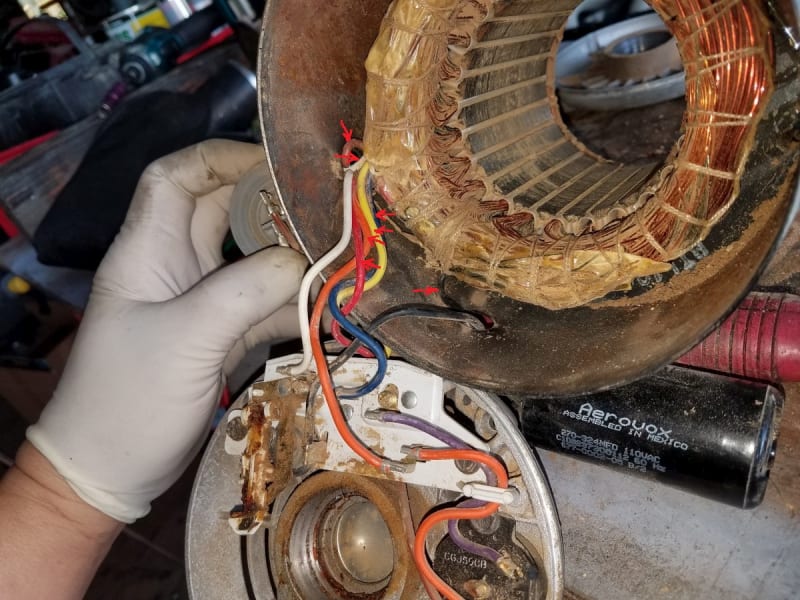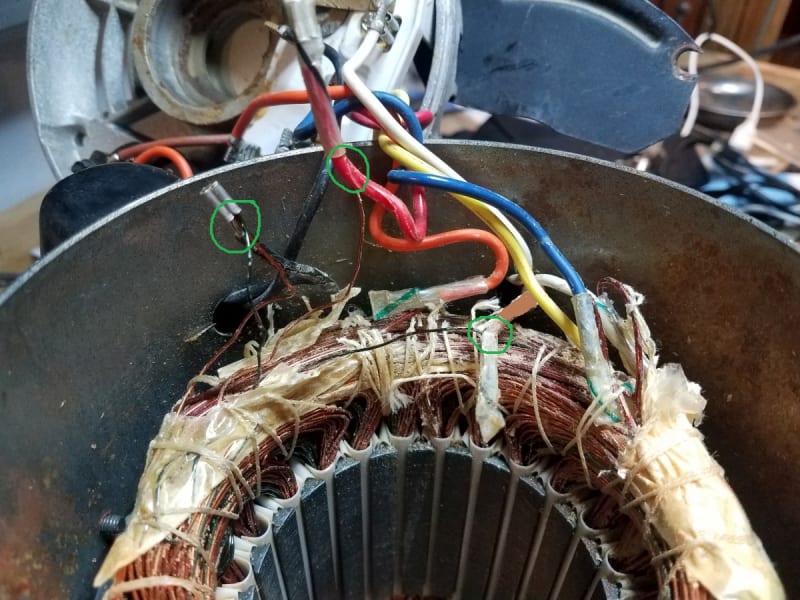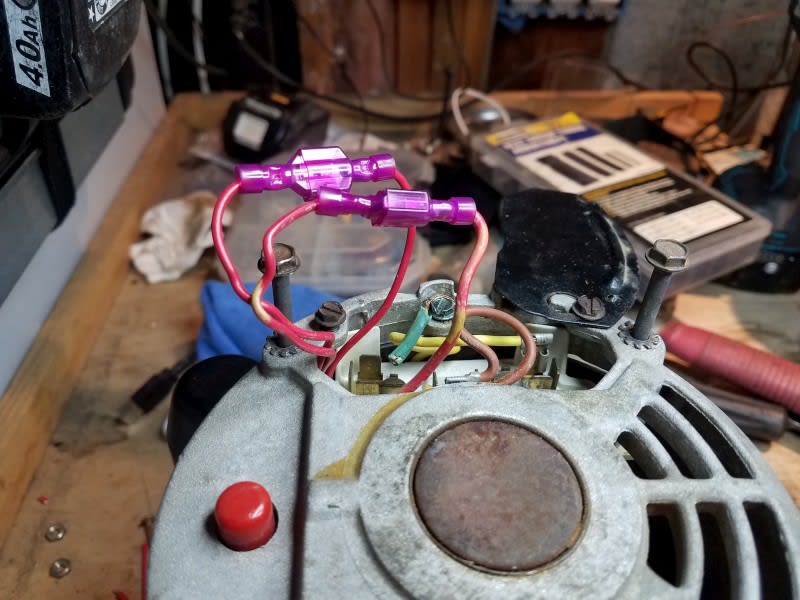A single phase, two pole, motor needs all the help that it can get to start.
A typical "Capacitor Start, Capacitor Run" motor uses two capacitors to start and one capacitor to run.
A smaller value of capacitor is used for running as is used for starting.
Rather than two capacitors, this motor may be using two start windings and one capacitor.
In that case, only one start winding would be switched by the centrifugal switch.
This would make it very problematic to reverse the starting winding.
But we are not done yet.
Identify one pair of run winding leads and reverse them.
Identify the second pair of run winding leads and reverse them.
Don't change the start winding connections.
Bill
--------------------
"Why not the best?"
Jimmy Carter






